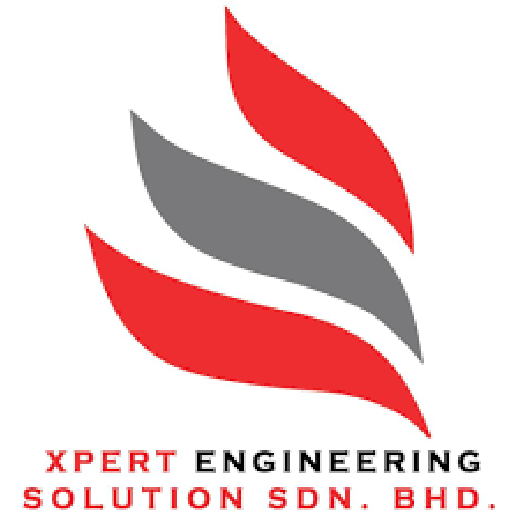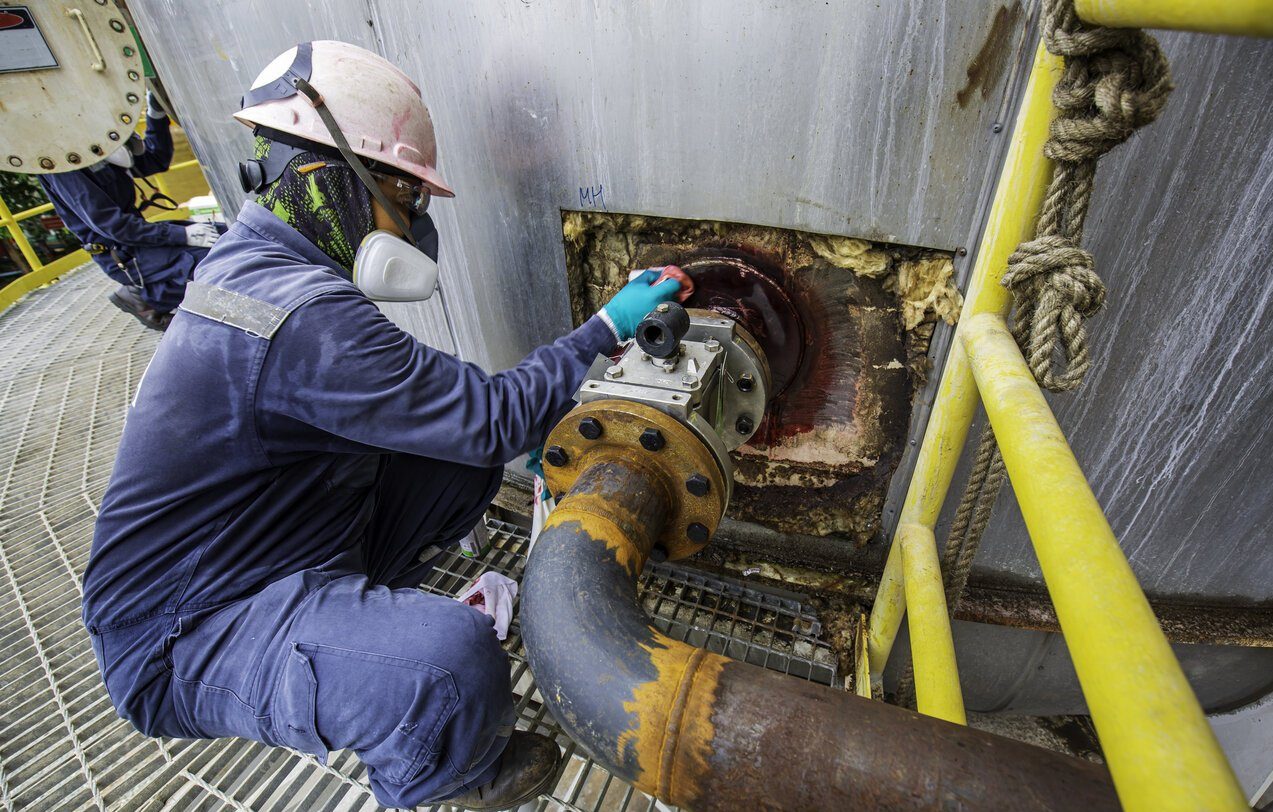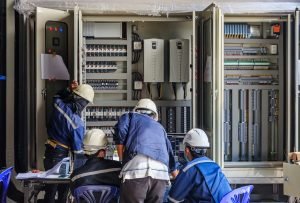NDT, or non-destructive testing, is also known as non-destructive examination (NDE), non-destructive evaluation (NDE), and non-destructive inspection (NDI).
Essentially, NDT refers to a group of non-invasive inspection procedures or methods. NDT methods are applied to assess the quality of a material, component, system or structure, as well as to detect and measure any damage.
For those unfamiliar with NDT, we’re here to walk you through all you need to know about NDT, including its definition, NDT methods, as well as the advantages of non-destructive testing.
What is NDT?
Basically, NDT helps in analysing a component in a secure, reliable, and cost-effective manner that is proven to not result in equipment failure or factory shutdown.
Destructive testing, on the other hand, entails damaging or destroying the component being inspected during the testing process.
NDT is tremendously important as it can protect assets and workers while also assisting companies in complying with rules and regulations.
NDT methods are frequently applied in structures or systems that require regular inspection and maintenance, such as oil rigs and pipelines, bridges and railway lines, aircraft and trains, and more.
NDT Methods: An Overview
NDT methods are commonly split into two categories: Conventional NDT and Advanced NDT.
Each approach has its own set of pros and cons, and experts will assess which technique is best for the specific operation.
Conventional NDT
Conventional NDT methods are procedures that have evolved over the years and, as such, have become well-documented in codes, standards, and best practices.
Compared to newer procedures, the process and techniques of a conventional approach are usually simpler.
Below are some examples of Conventional NDT methods:
- Ultrasonic Testing Thickness Measurement (UTTM)
- Ultrasonic Testing Flaw Detection (UTFD)
- Hardness Testing (HT)
- Liquid Penetrant Testing (PT)
- Magnetic Particle Inspection (MPI)
- Eddy Current Testing (ECT)
- Radiographic Testing (RT)
Advanced NDT
Advanced NDT methods are techniques that are perpetually being researched and developed.
These newer methods are designed to better examine and evaluate modern problems as well as cater to the ever-changing needs of industries.
Below are some examples of Advanced NDT methods:
- On-Site Metallography Testing by Replica
- Positive Material Identification (PMI)
- Computed Radiographic Testing (CRT)
- Long Range Ultrasonic Testing (LRUT)
- Time of Flight Diffraction (TOFD)
- Phased Array Ultrasonic Testing (PAUT)
Advantages of Using NDT Methods
There are a number of benefits when it comes to implementing NDT methods. Here are some of the essential advantages:
Safeguard assets and personnel
- Protect your workers and equipment with a safe testing method made under strict conditions. NDT methods are held to a high standard of conduct to prevent fatalities and ensure the workers and machinery are left unharmed.
Proven and precise evaluation
- NDT methods offer an accurate way of analysing components and gathering valuable data to generate actionable insights. Since the tests are repeatable, NDT methods provide better and more reliable results.
Very cost-effective
- NDT methods are economical as they assist in minimising damage and mitigating major risks by detecting abnormalities in equipment. Business owners also save time and cost as these testing procedures can solve their problems before a malfunction occurs without having to destroy the component itself.
Your Trusted NDT Provider
XPERT Engineering Solution specialises in various NDT methods and is proud to be Malaysia’s leading NDT company.
Driven by our pursuit of excellence, we strive to provide robust and reliable NDT solutions by leveraging our team of professionals, state-of-the-art technology, and years of industry experience.





